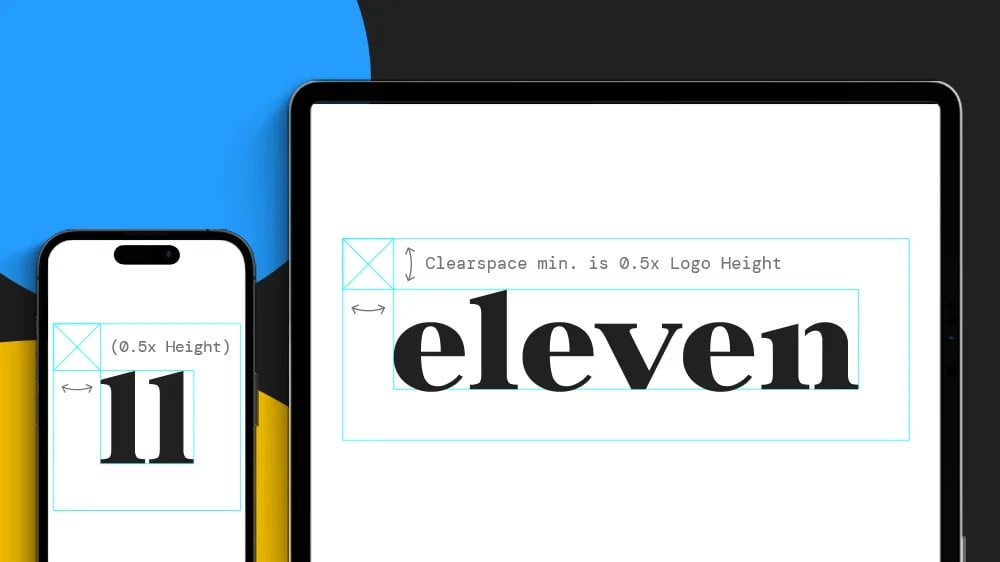Establish your objective
People often lose sight of their objectives along the way, but it really is important to start off by asking yourself these questions:
- What do you want the data visualisation to achieve? Is there something you want your audience to think, feel or do as a result?
- Who’s the audience?
- Which pieces of data are the most important and the most relevant to the people you’re speaking to?
By keeping focused on one specific objective, you’ll avoid overcrowding the data and confusing the reader. For example, take this pathway to net-zero roadmap we created for The Place-Based Climate Action Network (PCAN), based at the University of Leeds. We translated the very data-heavy information into engaging and attractive roadmaps which brought the information to life.
Choose the most relevant way of visualising your data
It’s easy to think that bar charts and graphs will do everything you need them to do. But there are many different ways to visualise your data, and each of them has a specific purpose. For example:
- Infographics give an overview of a topic
- Charts are used to compare data or show change over time
- Diagrams are used to map out a process or connect different ideas
- Maps are used to visualise location-based information
Choosing the wrong format for visualising your data isn’t just confusing for your audience. It can mislead them or even run the risk of spreading misinformation. So it’s really important to make sure that you’re choosing the right format for what you’re trying to communicate.
Don't forget to include context
Any form of data without context is really confusing for the reader. Data visualisation without context lacks clarity and fails to serve any real purpose.
Adding clear context to your data visualisation will enable your audience to understand what it means and derive value from it. This could be in the form of:
- Adding a key
- Inserting a graph legend
- Labelling the axes
- Using annotations or call-out boxes
- Adding a title (and subtitle)
Helping our clients interpret and represent their data in the most effective way is one of the things we do best at Eleven. If you’re looking for support with choosing the most effective way to visualise your data, get in touch with us and we’ll be more than happy to help.
Originally published:
February 22, 2022
Updated:
November 29, 2023





